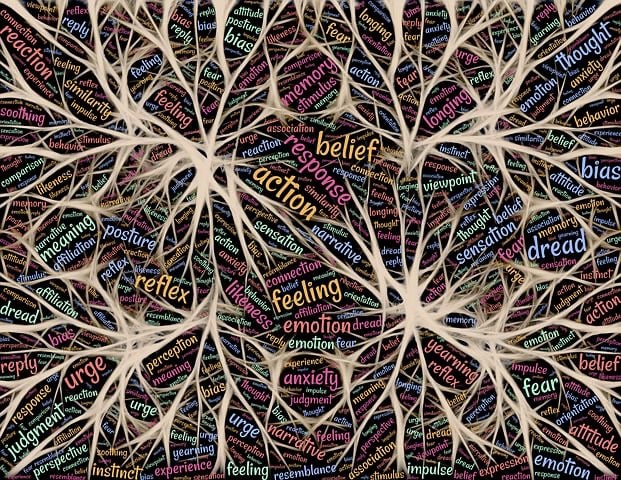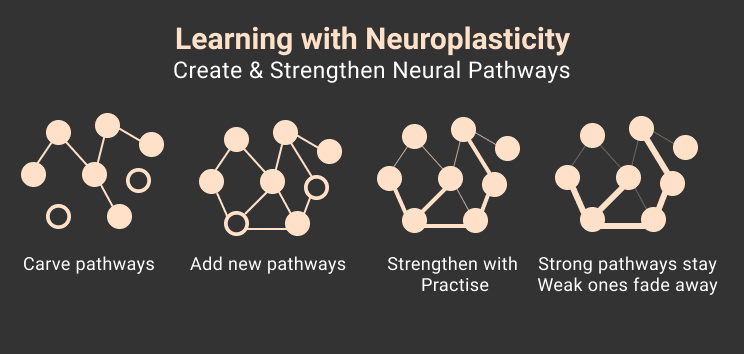What is EMDR therapy
EMDR
What is EMDR?
Eye Movement Desensitization and Reprocessing (EMDR) is a widely recognized therapeutic modality supported by scientific research for its effectiveness in treating trauma. It is endorsed by esteemed organizations, including the World Health Organization (WHO), the Department of Veterans Affairs (VA), and the American Psychological Association (APA).
EMDR therapy follows an eight-phase, structured process that equips individuals with tools and confidence before directly addressing traumatic memories. This comprehensive approach goes beyond treating single-event trauma, offering a practical framework for healing mental health symptoms through a holistic, trauma-informed lens.
What is Trauma?
Trauma occurs when distressing or terrifying events exceed an individual's ability to cope, often interrupting the natural fight-or-flight response. The body may freeze or collapse, interfering with the brain’s ability to digest the experience. As a result, these unprocessed memories become "trapped" in their raw, unaltered form within the brain, mind, and body. Over time, they can resurface as flashbacks, nightmares, and intrusive thoughts.
To further elucidate trauma and its treatment, Dr. Gabor Maté famously asserts, “Trauma is not what happened to you, but what happened inside of you because of what happened to you.” This perspective underscores the importance of addressing the enduring internal impact of trauma, rather than merely recounting the external events.
Understanding Neural Networks and Their Role in Trauma Recovery
A neuron is the fundamental unit of the nervous system, which includes the brain and body. The human brain alone contains about 86 billion neurons, and combined with those throughout the body, the nervous system surpasses 100 billion neurons. These neurons communicate across different brain regions and between the brain and body, forming complex webs called neural networks, also known as neural pathways or memory networks—terms commonly used in EMDR therapy.
Each new experience activates a unique neural network. For instance, as you read this passage, your brain's activity could be tracked using advanced techniques like EEG or fMRI. The emotional intensity of an event influences the strength of the neural network formed, which is why some memories are easily recalled while others fade. Traumatic memories carry intense emotional charge and could be easily activated by any reminders tied to the original neural network.
As illustrated below, neural networks encompass a wide range of internal experiences: thoughts, beliefs, emotions, bodily sensations, mental images, perceptions, urges, and impulses. They function as an internal navigation system, shaped by past experiences to anticipate and prepare for future events, with the aim of avoiding danger and maintaining safety.
Why Does EMDR Work?
Several theories explain why EMDR works, though none are universally accepted. One theory suggests that EMDR mimics the Rapid Eye Movement (REM) phase of sleep, during which the brain naturally processes information, discarding irrelevant data while consolidating important memories. In EMDR therapy, this innate processing ability is activated in a safe, controlled environment, enabling individuals to reprocess traumatic memories and replace harmful beliefs like “the world is dangerous” with empowering beliefs such as “I can protect myself.”
Another theory, called the "taxing working memory" hypothesis, posits that EMDR brings traumatic memories from long-term storage into short-term (or "working") memory. Through bilateral stimulation (BLS)—such as eye movements, “butterfly hugs” (alternating shoulder taps), or holding hand pulsers— the working memory becomes taxed, making it harder to maintain every detail of the memory. This taxation reduces the vividness and emotional intensity of the traumatic memory, allowing its emotional charge to diminish over time.
The Memory Reconsolidation theory resonates with me most, as it is rooted in scientific research and provides a cohesive explanation of how different trauma modalities achieve similar therapeutic outcomes. This theory posits that when a memory is recalled, it becomes temporarily destabilized and malleable for about five hours. During this window, the memory can be modified through disconfirming experiences, facilitated by the brain's neuroplasticity.
EMDR aligns closely with this theory, particularly through its adoption of the Adaptive Information Processing (AIP) model. The AIP model suggests that individuals have an innate ability to access positive neural networks that promote growth and healing. For example, someone who develops the belief, “I will lose control whenever I drive,” following a car accident can use EMDR to trace the memory underlying this belief. Through bilateral stimulation (BLS), the pent-up emotions and bodily sensations tied to the memory are discharged. This process helps individuals better access the prefrontal cortex, allowing them to reconnect with affirming memories, such as, “I drove safely before the accident and can do so again.”
Memory reconsolidation is most effective when addressed through experiential processes rather than cognitive approaches alone. Since traumatic memories are encoded within neural networks that span both the mind and body, effective trauma resolution requires engaging these dimensions to create lasting change.
While the precise mechanism of BLS is still under investigation, I theorize that BLS facilitates a state where clients “drop the words” and turn inward to engage in a mindful journey. This process mirrors the principles of traditional mindfulness, which hold that healing occurs when individuals learn to observe their experiences without over-identifying with thoughts, feelings, or sensations. This principle underscores the essential role of dual awareness in trauma-focused treatments, including the emerging field of psychedelic-assisted therapy.
How Does EMDR Work in Therapy Sessions?
EMDR therapy begins with assessing your readiness to explore traumatic memories. The therapy is most effective when clients remain within their window of tolerance—the optimal state for experiencing emotional distress without becoming overwhelmed. Maintaining dual awareness, where the client stays grounded while revisiting traumatic experiences, is key to resolving trauma. Without this, clients may become emotionally flooded, leading to dissociation, or remain disconnected from their trauma. In EMDR trauma processing, clients are guided to activate the traumatic memory network by recalling images, thoughts, emotions, and bodily sensations associated with the trauma.
I often tell my clients, “Once the memory network related to the traumatic event is activated, your only task is to observe. Everyone processes differently—some may notice shifts in images, sounds, thoughts, feelings, or body sensations. I’ll pause the bilateral stimulation (BLS) periodically to check in with you. You can share whatever you notice, even if it’s as simple as ‘I went blank’ or ‘I thought about dinner.’ Everything is welcome; we’re not trying to make things better or worse.”
When needed, the therapist may introduce "interweaves," which are gentle prompts to help guide the client toward more adaptive neural networks and foster further processing.
How Do I Know When Trauma is Resolved?
According to leading EMDR therapist Laurel Parnell, trauma resolution occurs when a shift happens from "psychological memory" to "objective memory." Psychological memory is emotionally charged, self-referential, and makes the past feel like the present. In contrast, objective memory is more functional, detached from emotional intensity, and not centered around self.
Following trauma processing is a lifelong journey to integrate new insights, positive beliefs, and healthy responses into daily life. Through practices that foster connection with yourself, others, and the world, these updated neural networks become stronger and a core part of your identity.



